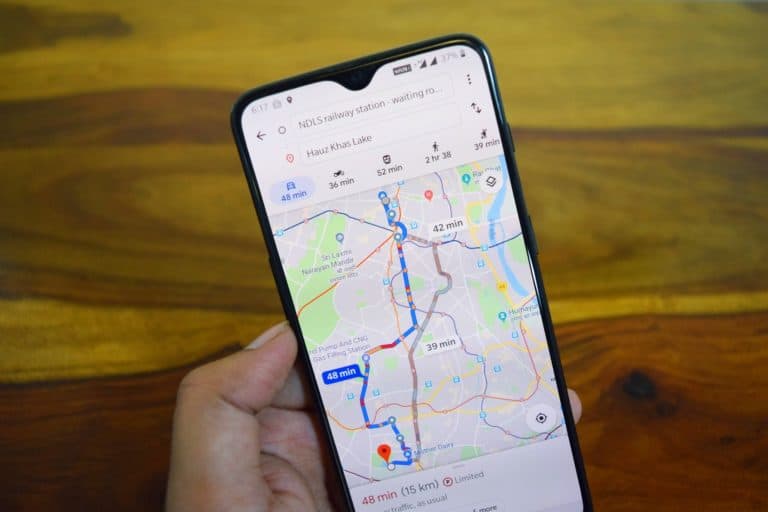Google Maps will predict how busy public transport is when a user wants to travel with it. Google uses a new prediction technique that it has been perfecting for six months, writes TechCrunch.
Google began in October asking Maps users to rate their journey as they traveled in rush hour, between 6am and 10am. Users were asked how many chairs were available, or whether there was only room to stand. In this way, the company tried to discover which lines are the busiest.
Eventually, Google was able to convert this data into a new prediction tool, designed to tell travellers how busy the bus or train is. A Google spokesman informs NU.nl that the function will also be available in the Netherlands, but only in Amsterdam, Utrecht and Eindhoven. When and if other cities will follow, is unclear.
Google shows its expectation about the hustle and bustle on a trip with an icon of four dolls, some of which are coloured. The company colours more dolls when it expects the ride to be busier.
Busiest cities
Google used its data not only for the predictive function, but also to discover the busiest routes and stops worldwide. Buenos Aires and Sao Paulo appear to have the most crowded lines. Each city had three lines in the top 10. The L-train in New York is the only line in the whole of the United States that is in the top ten. In Europe, line 13 appears to be the busiest in Paris. This line is ranked fifth in the world.
In Amsterdam the routes of line 26, 906 and 5 are busy. Especially at the NDSM wharf, Steigerland, the Bimhuis and the Central Station it turns out to be crowded in Amsterdam.
This is not the first time that Google uses Maps to make predictions about crowds. The company has already introduced similar features to predict how busy it is in restaurants and shops.
This news article was automatically translated from Dutch to give Techzine.eu a head start. All news articles after September 1, 2019 are written in native English and NOT translated. All our background stories are written in native English as well. For more information read our launch article.